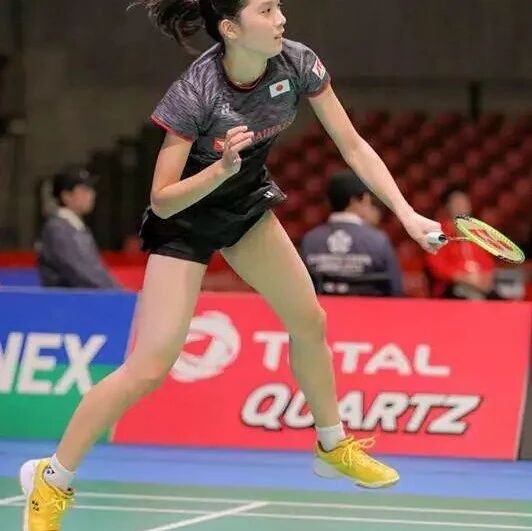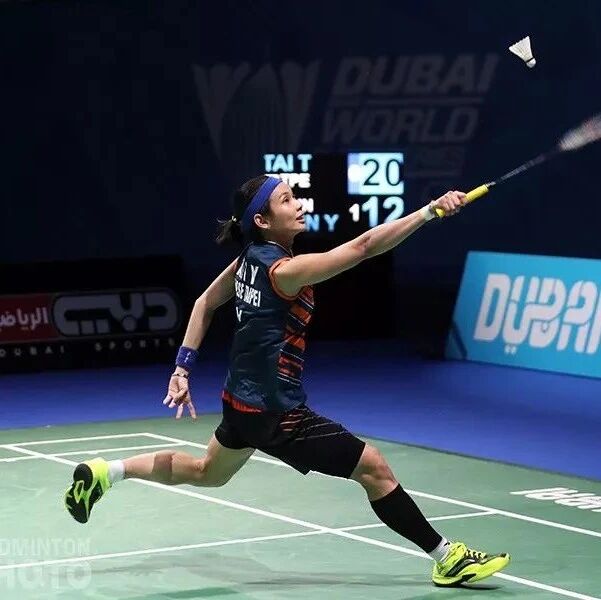
Amateur badminton players have one obviousThe downside is getting used to waiting for the ball.This makes it easy to miss high shots, so most of the returns end up in a passive defensive position.
When playing badminton, there's one key principle: the high-hit principle.The higher, the better.
1. High clicks are required to get itMore batting lanesThe lower the hitting point, the fewer offensive shot options there are;
2High-impact shots aren't easily caught in the net.Especially for beginners, it’s even easier to hit the net if you don’t pay attention to controlling the racket face.
3. When hitting the ball high,The ball is moving downward, showing a proactive offensive approach.; When hitting the ball low, it’s highly likely the ball will travel upward, resulting in a passive defensive stance.
One:When in the backcourt
(1) Push-down ball
Why does the jump smash technique exist? It allows players to leap up and reach the ball at its highest point.
The higher the point of impact, the more power the ball has.The feeling of smashing it onto the ground, making it even more aggressive—so much so that opponents find it incredibly difficult to catch the ball.
The higher the point of impact, the more complete the swing—and the better the placement of shots in the backcourt.
The drop shot is inherently a weak point for amateur players.If the hitting point isn't high, the backcourt is more likely to be out of position, making it easy for the opponent to intercept and counterattack in midfield.
Strive forHigh-point drop shotAt that time, you can hang freely.
However, if the hitting point for the lob is too low, the trajectory of the shot becomes limited. Moreover, if the racket face isn’t properly controlled, the ball can easily fail to clear the net.
When contesting for the high point in midfield, you can make your downward pressure more forceful.
(When both sides are rallying evenly, whoever can reach the higher point will gain the upper hand.)
When performing a flat stroke, you can actively meet the ball to raise the hitting point for a more effective shot. Flat strokes are also categorized into proactive and reactive types.
OnlyWhen hitting a flat drive after reaching the high point, only then can you become proactive.
(Lee Chong Wei jumped mid-court, and the shuttlecock landed directly on the ground.)(Lin Dan executed a high-point volley, catching Lee Chong Wei off guard.)① When you anticipate the opponent hitting a drop shot, lift your racket high and position it near the net—allowing you to chip, hook, push, or even smash. In short,When you take the initiative at the net, you can play a wider variety of shots.
② When you passively receive a low-positioned ball, your only real option is to chip it.
As for dropping the net or hitting a cross-court shot, unless your hand-eye coordination is absolutely superb, you’ll have to settle for targeting the backcourt.
(You can either lift the ball or drop it into the net to hook it diagonally.)③ Another scenario involves deliberately lowering the hitting point at the net to strike the ball, using the height difference to deceive your opponent.
This situation usually involves approaching the net early—then, as the opponent moves toward the net, you hit the shot in the opposite direction of their movement.
(Lin Dan's classic shot—sacrificing the hitting point to execute the play, feinting a drop shot while actually lifting it over the net.)4. Techniques for Improving the Contact Point:
First, we need to enhance our understanding of high-impact shots—only then can we develop the habit."Ball Snatch"Good habits;Next comes practice—especially working on reaching the high point at the net. Amateur players often make mistakes during returns precisely because they fail to grab that crucial high point at the net.More article recommendations:
There are 4 ways to hit a badminton shot into an open space—90% of players only know the first one.
How exactly should mixed doubles badminton matches be played? And what specific roles should male and female players take on?
Badminton netting technique GIF demonstration—helping you easily win points on the court!
Zhao Jianhua, Yang Yang, and Li Mao have prepared over 100 lessons for everyone, covering techniques like badminton net play, backhand cross-court hooks, and smashes. Click "Read the Original Article in the Bottom Left Corner." If you're looking to improve your badminton skills, don't miss this—this is a must-see!

Click here to access 100 lessons.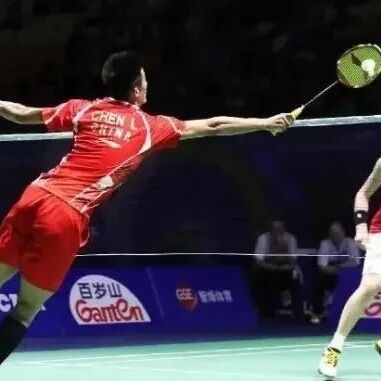

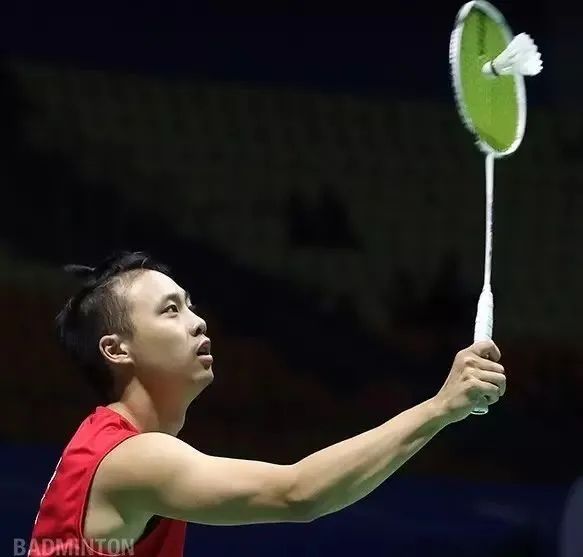
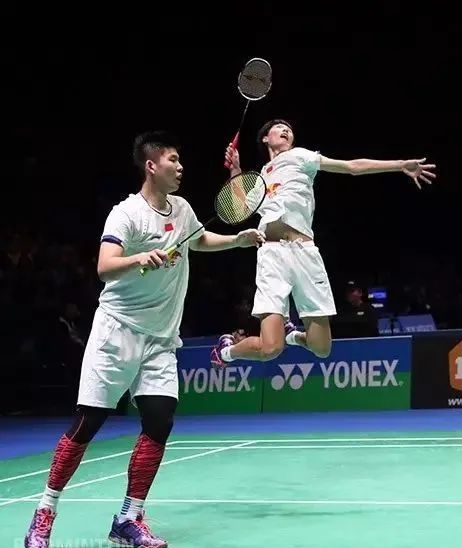
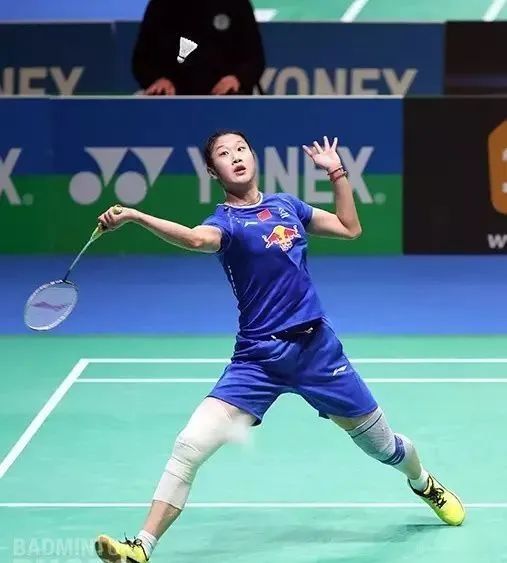
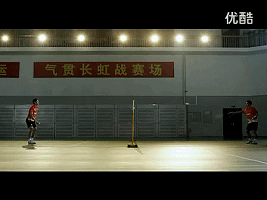
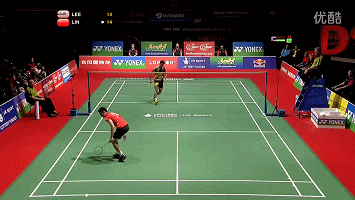
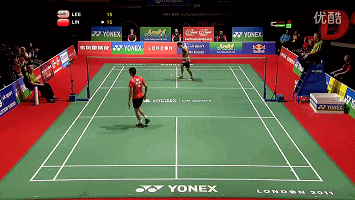

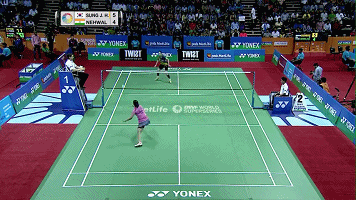



![[Year-End Benefit Event] Our custom-made, highly cost-effective grip tapes are now in stock—truly reliable products that repeat buyers can’t stop raving about!](https://api.zsiga.xyz/mp-weixin-attachment/cover/18/2650593871_1.jpg)
